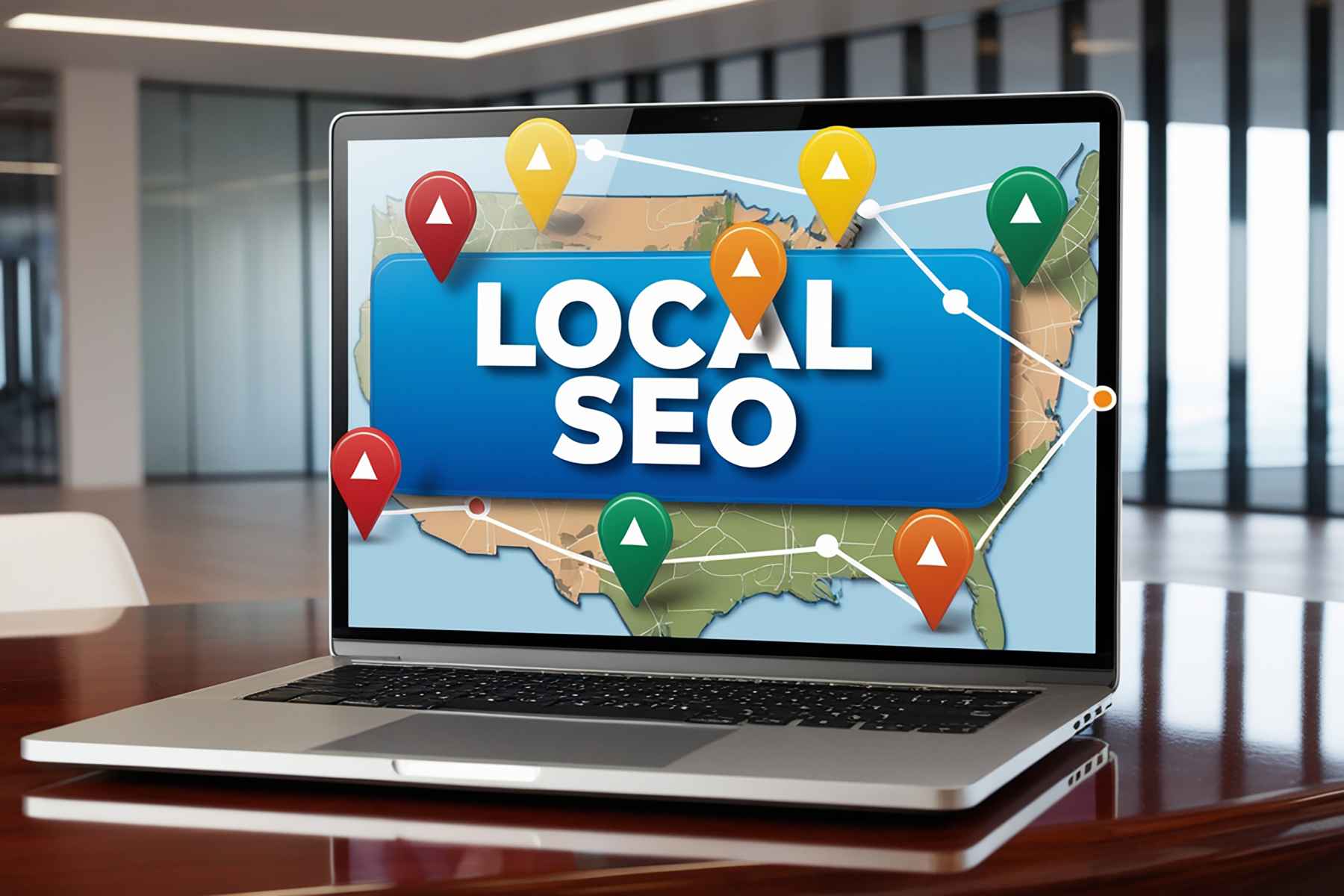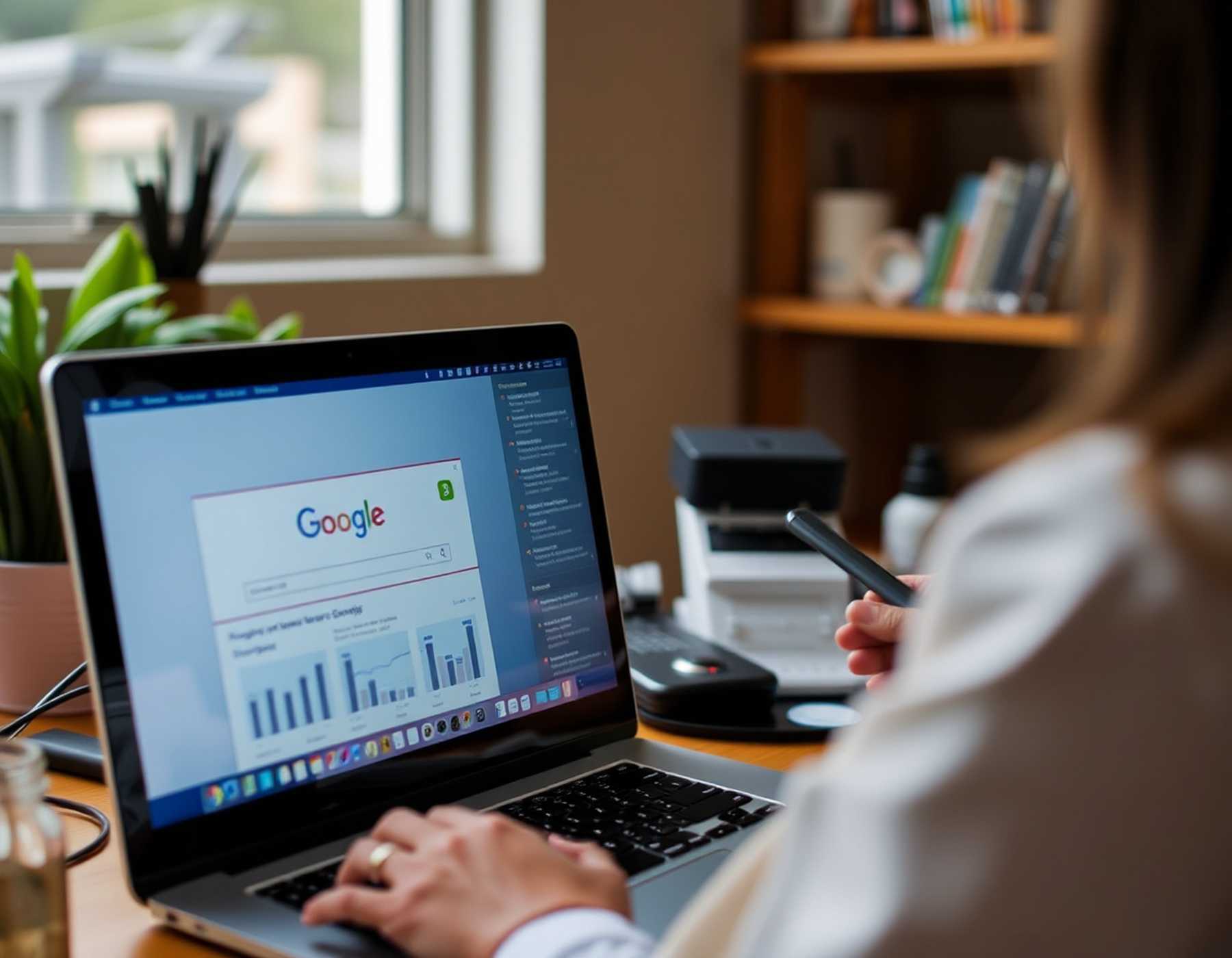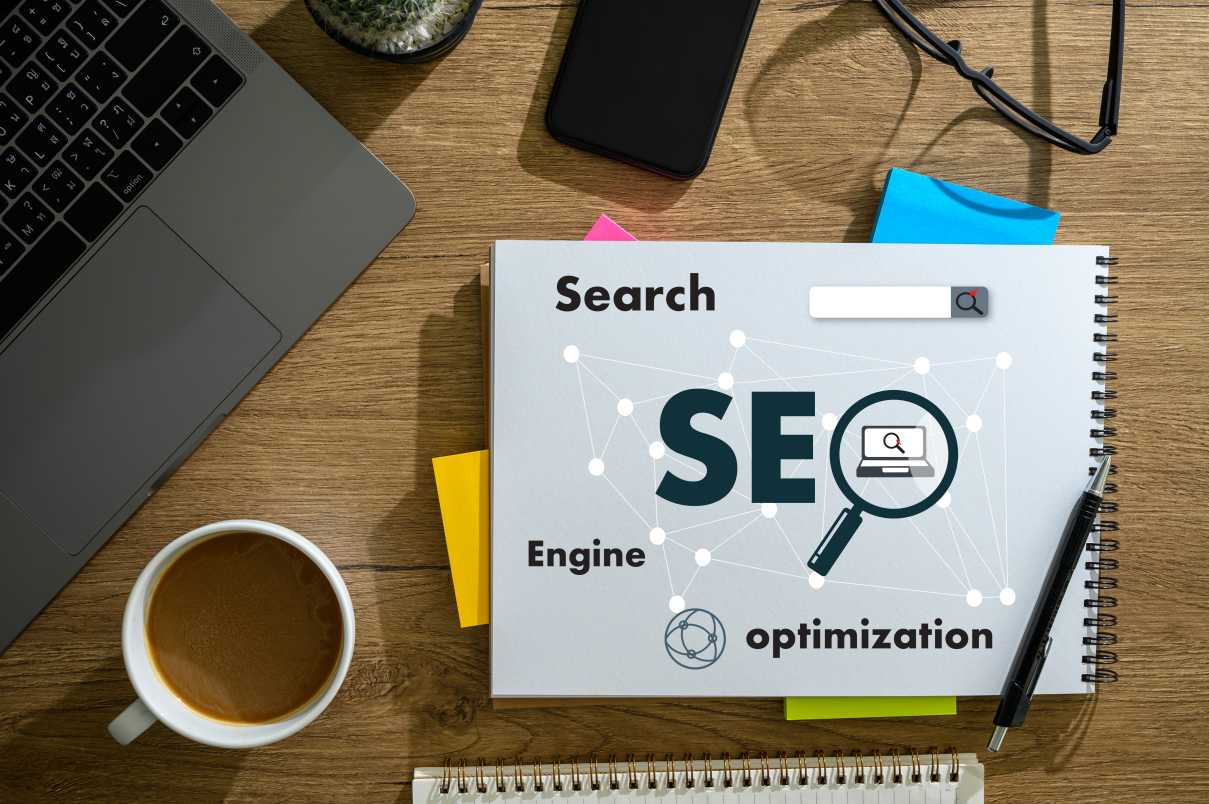Breaking Down the Basics
Have you ever found yourself confused about the difference between User Experience (UX) and User Interface (UI)? You’re not alone! These terms get tossed around like confetti, often leading to the misconception that they’re the same thing. Spoiler alert: they’re not! While they work hand in hand to create amazing products, UX and UI have their unique identities and purposes. So, let’s break it down and keep it fun!
What’s the Deal with UX?
User Experience (UX) is all about the journey. Picture this: you walk into a new cafe. The ambiance is welcoming, the staff greets you with a smile, and the menu is easy to navigate. That’s great UX! It focuses on how users feel when they interact with a product or service. Here are some things that make UX tick:
- User Focused: UX design puts the user front and center. It’s all about understanding who they are, what they need, and how they think. This means diving deep into research, conducting interviews, and analyzing user behavior.
- The Big Picture: UX isn’t just about one page or screen; it’s about the entire experience from start to finish. It’s the flow of the user’s journey, ensuring they’re happy every step of the way.
- Problem Solver Extraordinaire: UX designers are like detectives solving a mystery. They identify user pain points and work to create solutions that enhance satisfaction and usability.
- Iterative Magic: Good UX isn’t a one-and-done deal. It’s all about testing, tweaking, and improving based on real user feedback. Think of it as a never-ending quest for perfection.
Now, What About UI?
User Interface (UI) is where the magic happens visually. It’s the pretty stuff that makes a product enjoyable to interact with. Imagine scrolling through an app with vibrant colors, smooth animations, and buttons that just feel right. That’s UI in action! Here’s what you should know:
- Visual Feast: UI design is all about aesthetics. It’s the color palettes, typography, icons, and layout that come together to create an eye-catching interface.
- Interactive Joy: UI designers focus on the elements users interact with. Think buttons, sliders, forms—you name it. They ensure that these components are not only attractive but also functional and easy to use.
- Consistency is Key: Ever been frustrated by a website that looks different on every page? That’s a UI no-no! Consistency in design helps users feel more comfortable and makes navigation a breeze.
- Responsive Design: With users accessing products on all sorts of devices, UI designers ensure that their creations look great and work well on everything from desktops to smartphones.

Let’s Talk About the Differences
So, what’s the difference between UX and UI? Here’s the scoop:
- Scope: UX is all about the experience—how users feel and navigate through the entire journey. UI focuses specifically on the interface and its visual elements.
- Goals: UX aims to enhance user satisfaction, while UI is about making the interface visually appealing and functional.
- Process: UX involves research and user testing to inform design decisions, while UI centers around creating stunning visual designs and interactive components.
- Skill Sets: UX designers often have backgrounds in research and psychology, while UI designers excel in graphic design and visual storytelling.
How They Work Together
Here’s the kicker: UX and UI are like peanut butter and jelly. They complement each other perfectly!
- Collaboration is Key: UX and UI designers need to work together from the start. By sharing insights and ideas, they can ensure that the visuals support the user experience effectively.
- User-Centered Design: Both disciplines should prioritize the user. UX research informs UI design, creating a cohesive and user-friendly product that looks good and feels right.
- Feedback Loop: User feedback is invaluable for both UX and UI. It helps identify usability issues and assesses whether the visual elements resonate with the audience.
Wrapping It Up
Understanding the difference between UX and UI is crucial for anyone involved in digital design. UX is the backbone of the user journey, ensuring satisfaction and ease, while UI is the eye candy that makes the interaction enjoyable. By embracing both disciplines, designers can create products that are not only visually stunning but also provide meaningful and enjoyable experiences for users.
Now that you’re in the know about UX and UI, what has been your experience with these two critical design elements? Let’s chat in the comments below!







